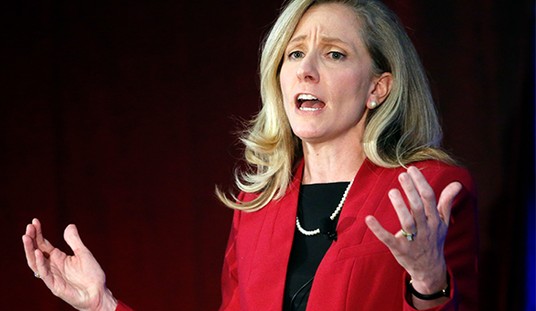The Department of Education decided to conduct a survey to determine how many schools have reopened and to what extent. Up until this point, they admit that nobody had been tracking this particular set of data. How nobody thought to do this until now remains a mystery, but the conclusions being drawn from this survey should give everyone pause. After surveying 3,500 public schools that include 4th-grade classes (elementary schools) and an equal number that include 8th-grade classes (middle schools) they determined that the rate of school reopening is very uneven across the country. As I’m sure you could already guess, they broke down the reopening success rate by region and by race. Looked at through that lens, the conclusions were equally predictable. (Associated Press)
Nearly half of the nation’s elementary schools were open for full-time classroom learning as of last month, but the share of students learning in-person has varied greatly by region and by race, with most nonwhite students learning entirely online, according to results from a national survey conducted by the Biden administration.
For the White House, the survey results, released Wednesday, mark the starting line for President Joe Biden’s pledge to have most K-8 schools open full-time in his first 100 days in office. But they also show that he never had far to go to meet that goal.
Among schools that enroll fourth graders, 47% offered full-time classroom learning in February, while for schools that teach eighth graders, the figure was 46%. The data suggested that at least some students weren’t opting in.
The results of this survey won’t come as a surprise to anyone who has been following the news, but the conclusions being reached about region and race are clearly problematic. For example, in January the survey found that 40% of 8th-grade students in the south and the midwest were enrolled for in-classroom instruction full time. Conversely, only 10% of students in the northeast and the west were similarly back in the classroom.
Keep those figures in mind and then consider the racial breakdown that the survey focused on. Almost half of white students in 4th-grade were learning fully in-person, with only 25% learning fully online. But Black and Hispanic 4th-graders were fully online in 60% of the cases recorded. The easy conclusion for the media to draw is that this is yet another sign of endemic racism. But is it?
Put together those two data sets I mentioned above and a pattern immediately jumps out. The south and the midwest have more suburban and rural regions with lower population density. Those are also the areas that have more conservative state governments that have ordered the schools to reopen more quickly and done a better job of fighting the teacher’s unions. Conversely, the Northeast and the west coast are where you find larger numbers of major cities with high population densities. Those areas also tend to have the highest percentage of Black and Hispanic residents as compared to rural areas. They are also the blue states and cities where the teacher’s unions tend to be far more powerful and successful in fighting to keep the schools closed.
Looked at from that perspective, are the results really all that surprising? The school reopening numbers are following the same patterns we see in so many other statistics. There are several factors involved, so I’m not saying that all of this had to be intuitively obvious, but the patterns still fit the data. The places where more students are already back to full, in-person schooling are the same ones where the local government pushed harder to open the schools. They also tend to be the lower population density areas where concerns about COVID outbreaks in schools are not as widespread. The areas with many large cities and powerful teacher’s unions are pretty much the opposite. The results of this study really don’t seem like long division to me.








